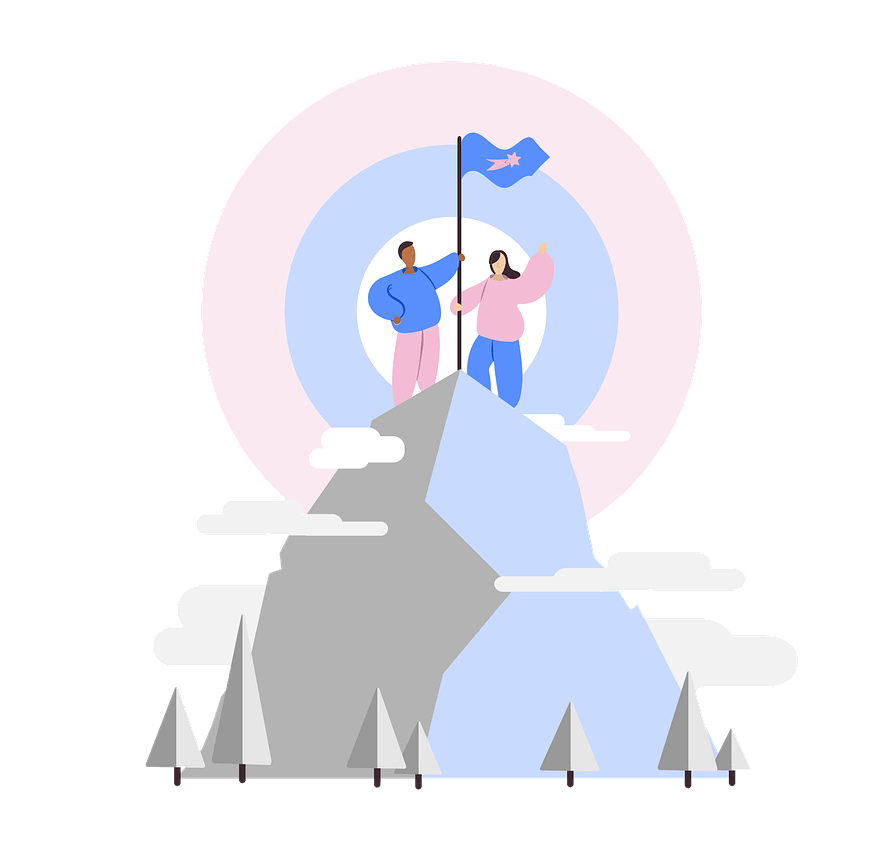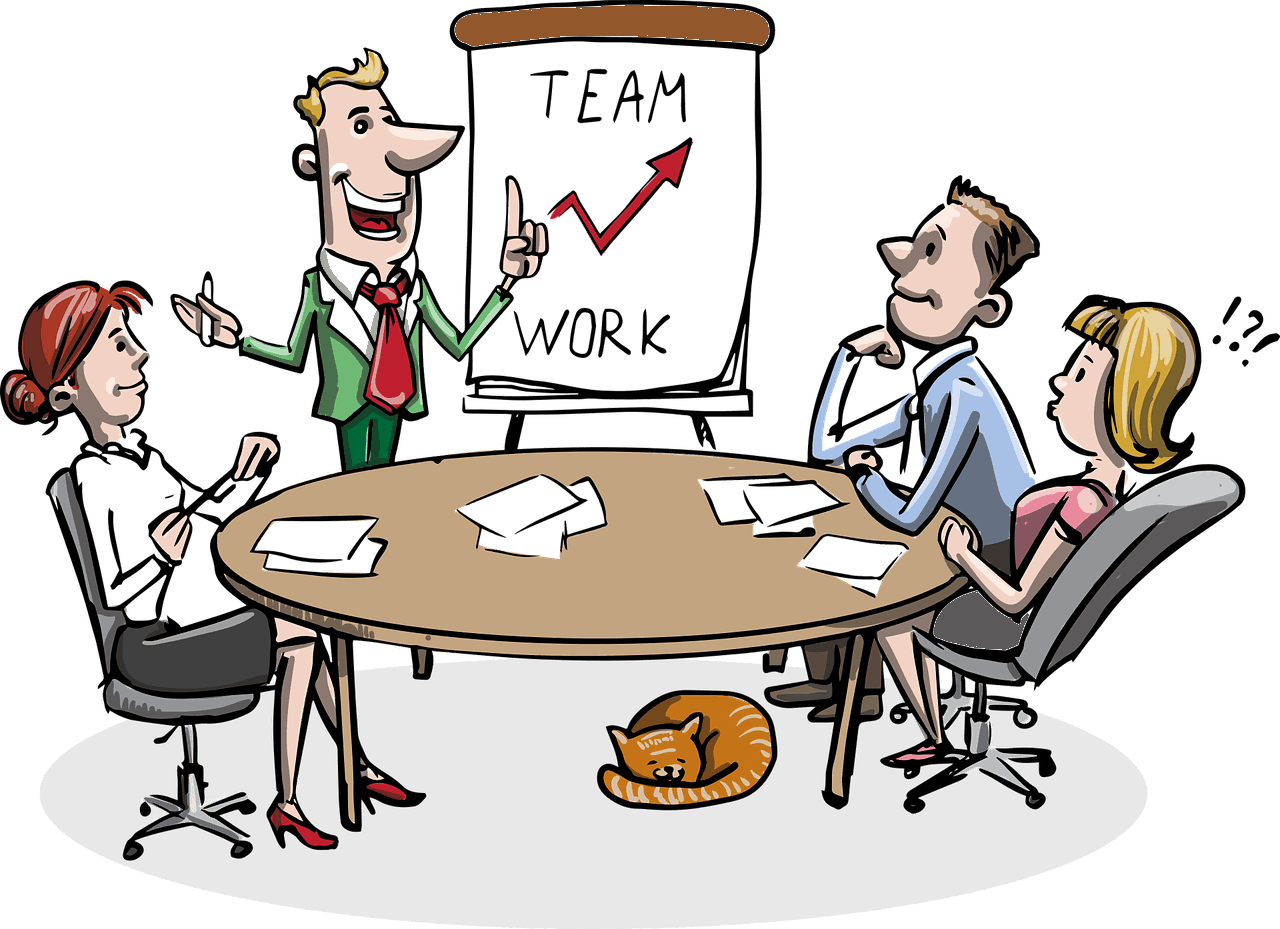The 2 Sigma Problem: Education’s Longstanding Challenge
A 40-Year Quest for Equity
In 1984, educational researcher Benjamin Bloom discovered that students receiving 1:1 tutoring outperformed peers in traditional classrooms by two standard deviations—a gap equivalent to moving from average performance to the top 2%. Despite decades of effort, most schools still struggle to replicate these results at scale.
The Dual Crisis Today
The PC Lab Experiment
Schools invested in isolated computer labs, hoping technology would revolutionize learning. Yet these labs often became underused relics due to:

Our Mission
Create classrooms where technology adapts to learners—delivering 1:1 tutoring quality while nurturing skills for tomorrow’s workforce.
Discover How We Redefine Learning
Four Pillars of Transformation
Bridging Personalized Learning and Workforce Readiness
The 2 Sigma Problem: Education’s Longstanding Challenge
Example Workflow
1. Students use tablets to research renewable energy.
2. Teams design wind turbine models in a collaborative app.
3. They present prototypes via AR simulations to a panel of peers

Core Tools for Modern Classrooms
Student Devices Designed for Engagement
Durability: Shockproof, water-resistant, and tested for classroom wear-and-tear.
Collaboration Features: Split-screen functionality for group coding or document editing.
Instant translation tools to foster global teamwork
Security: Role-based access controls to protect student data, Regular updates to safeguard against cyber threats.


Classroom Management System
Centralized Dashboard:
Assign tasks to individual students or groups (e.g., "Watch a video on ecosystems" or "Design a habitat model").
Track progress in real time with visual analytics (e.g., "75% of students completed the coding challenge").
Safety Protocols:
Content filters block inappropriate material.
Alerts flag students who need additional support.
Teacher Support Suite
AI-Assisted Insights:
Recommends resources based on class performance (e.g., "Students struggled with fractions—try this interactive module").
Parent Communication:
Automated progress summaries highlighting strengths and growth areas.

Measurable Outcomes
Personalized Learning: Students using adaptive tools progress **1.8x faster* in math and science
Teacher Efficiency: Educators save 6–8 hours weekly on administrative tasks
